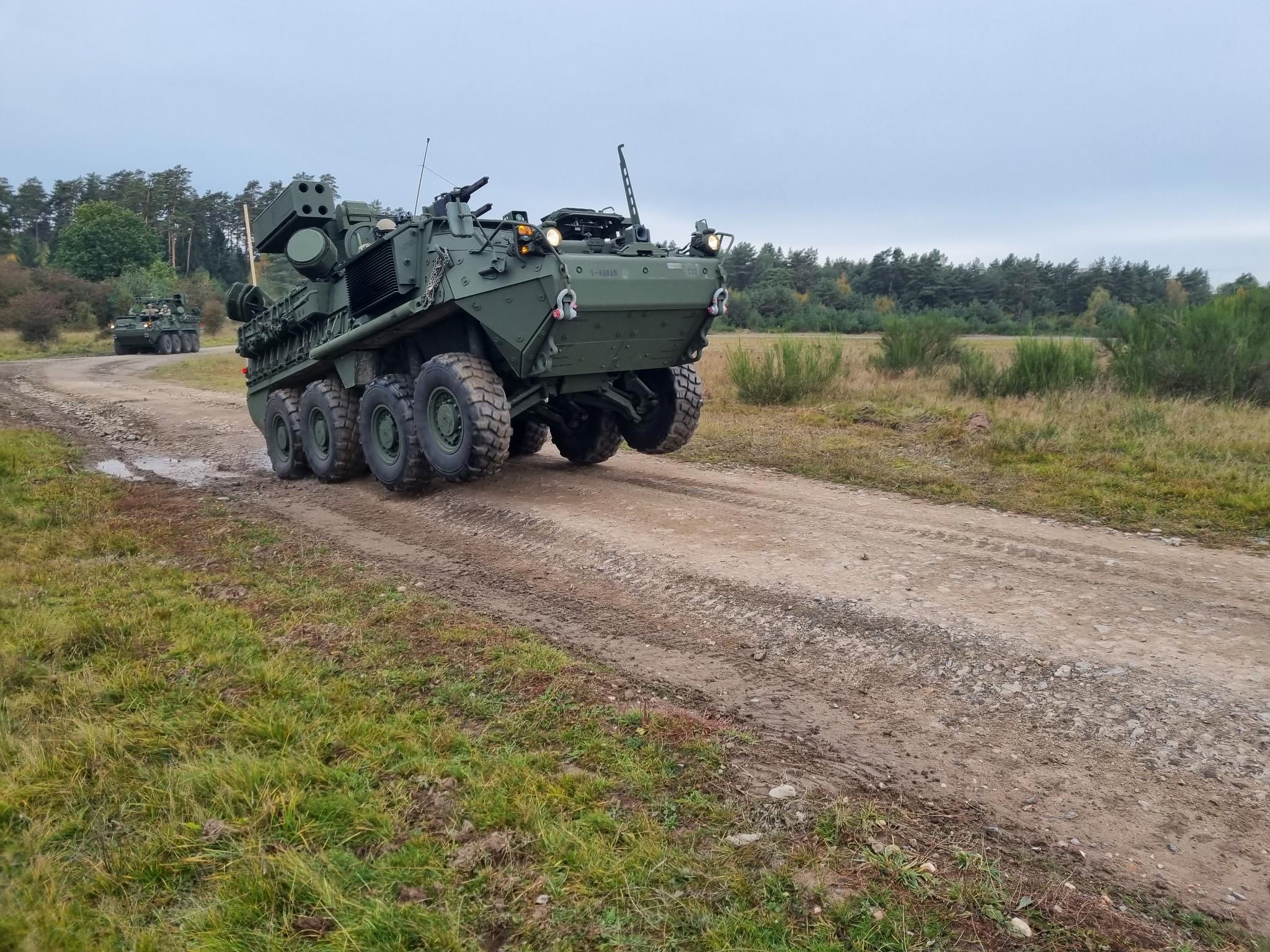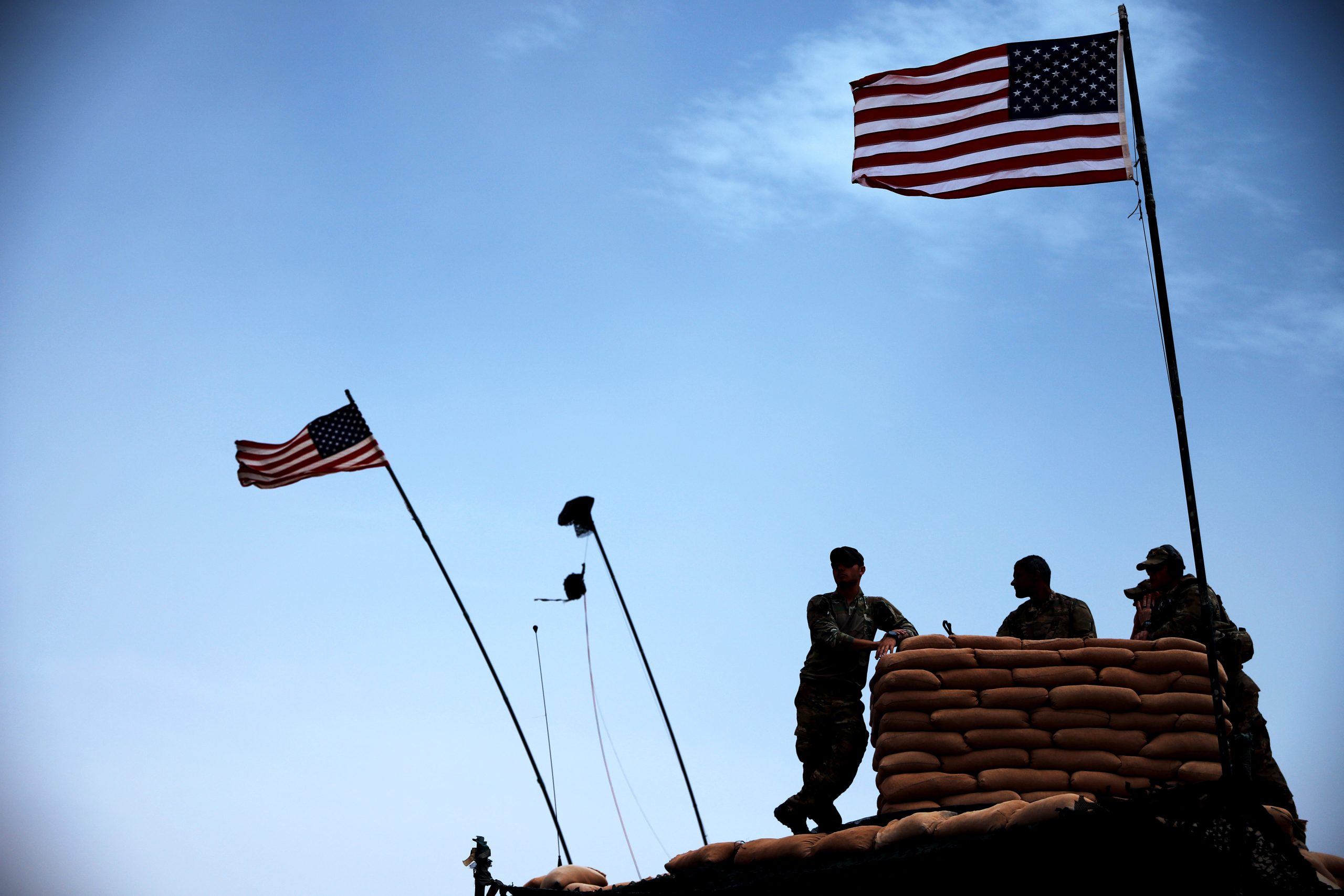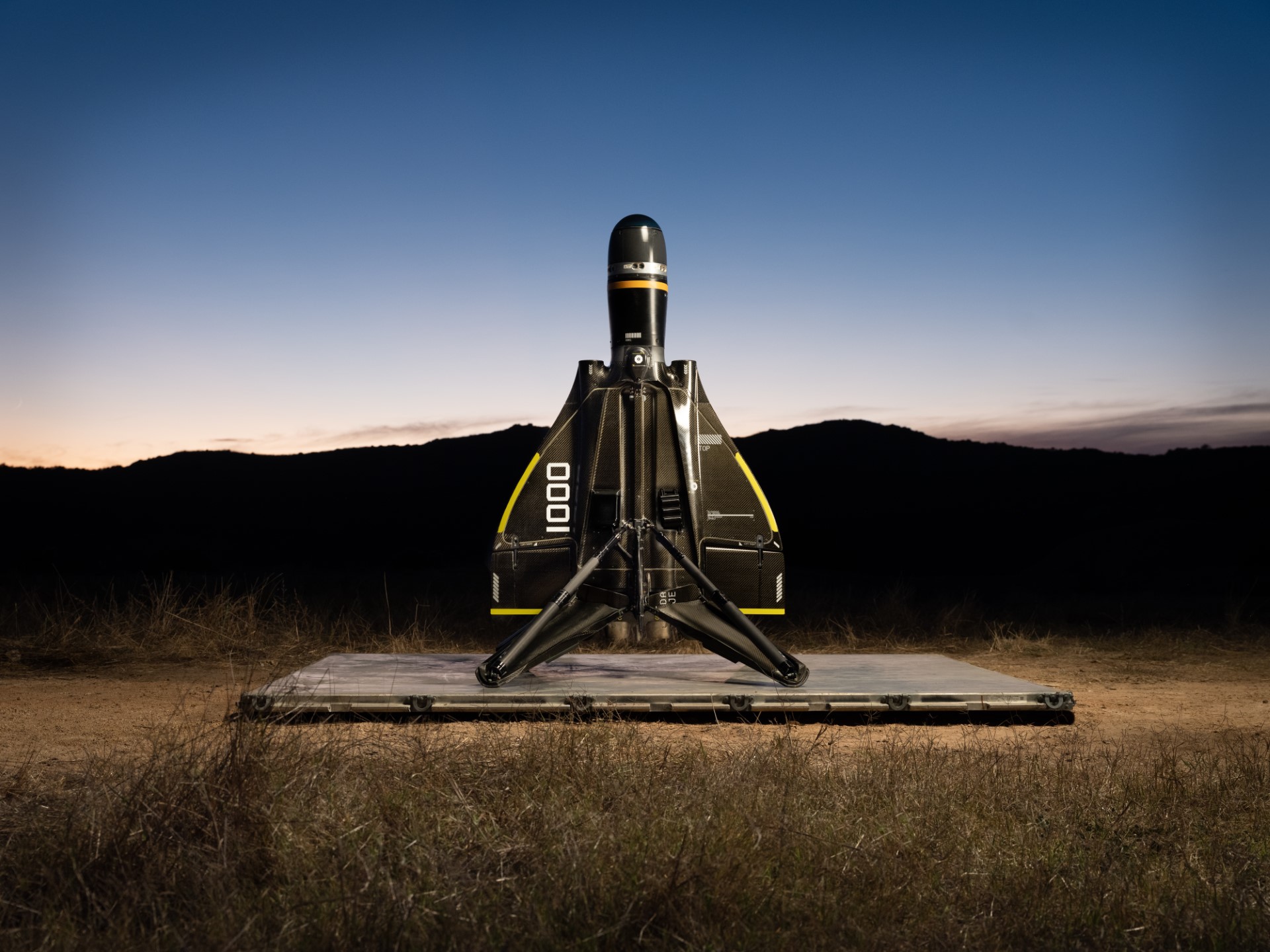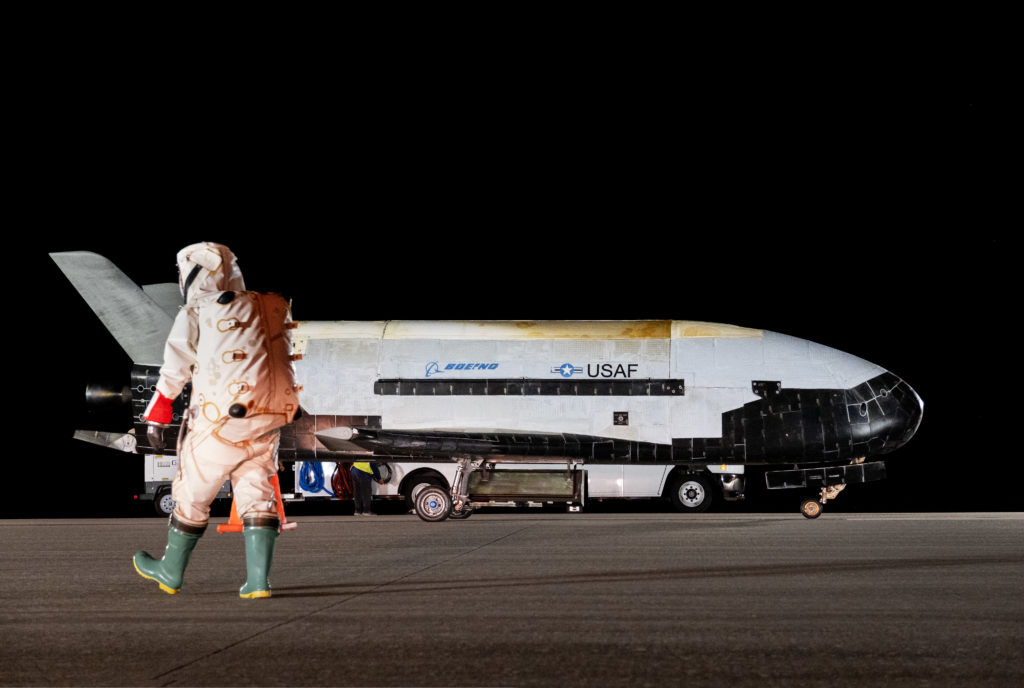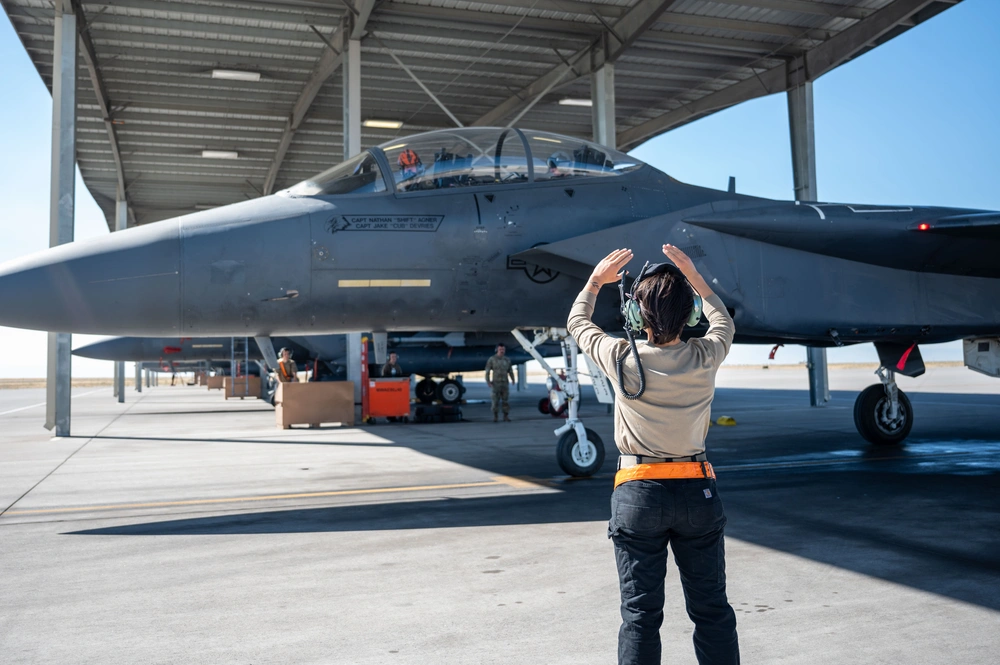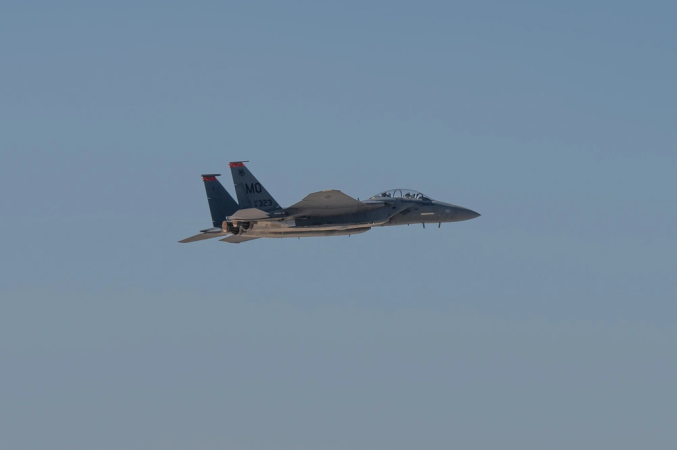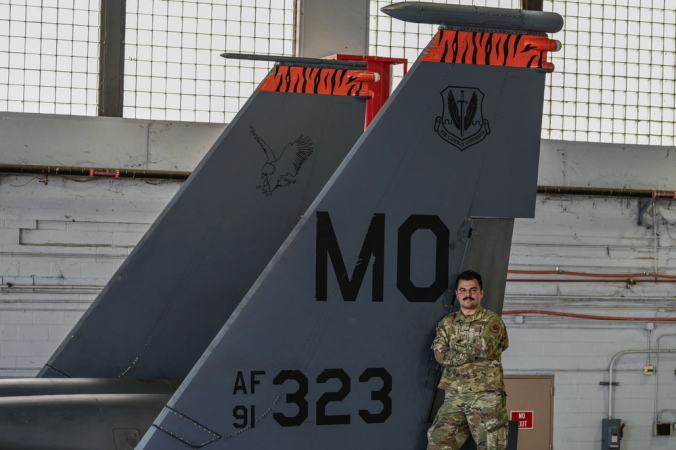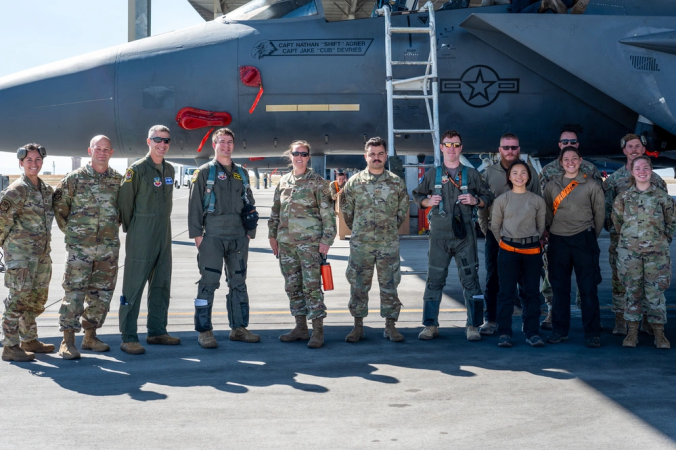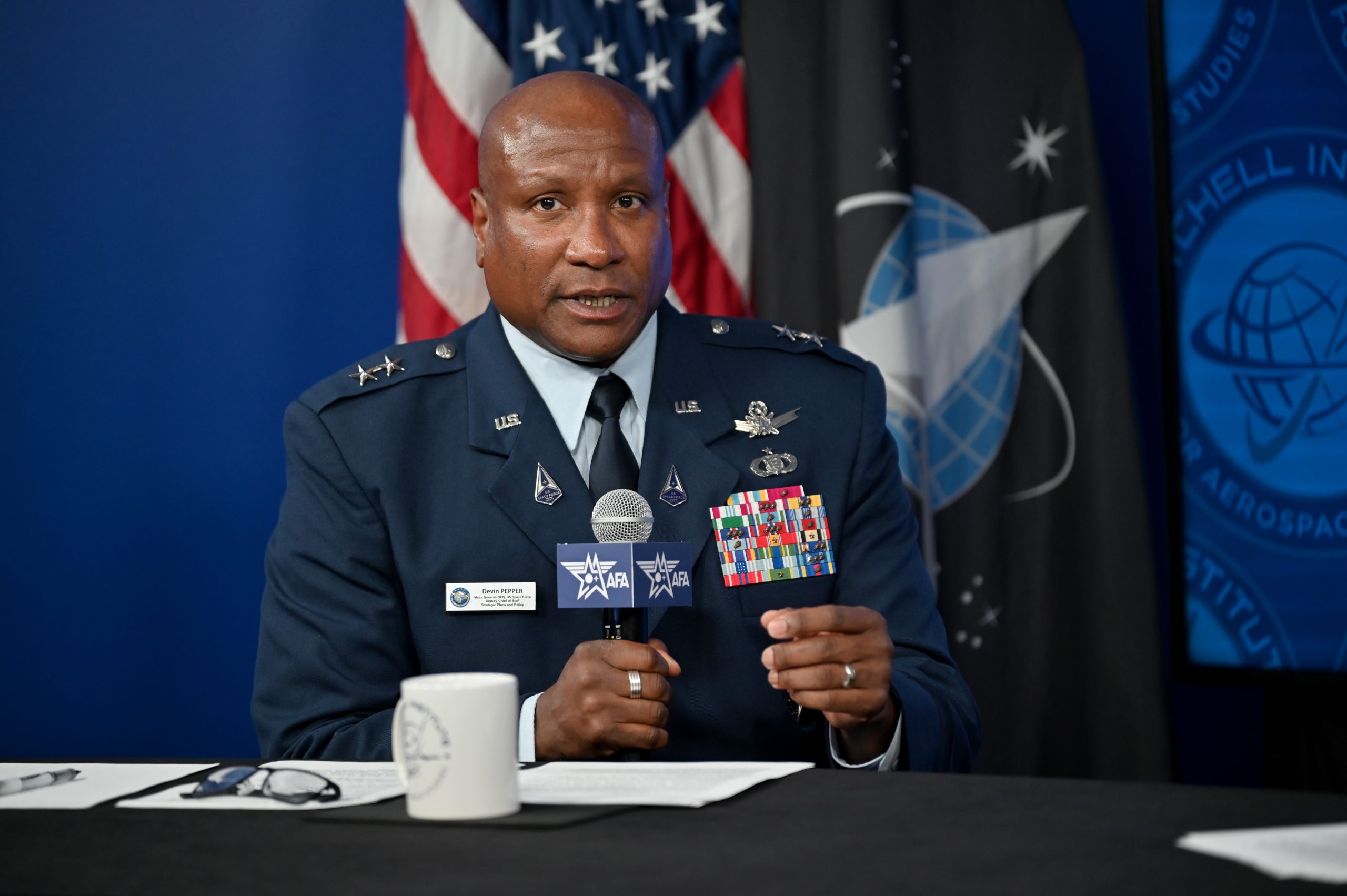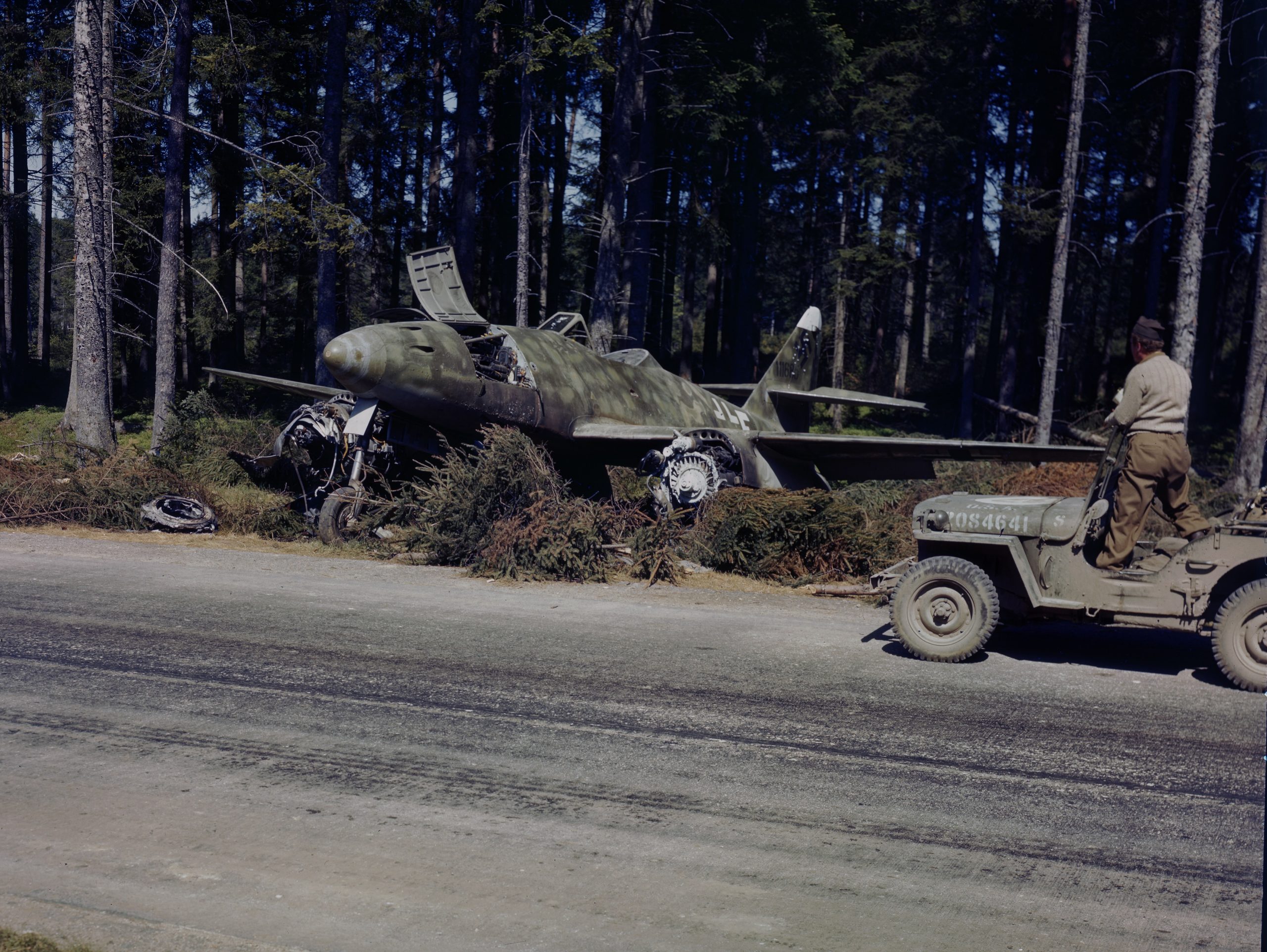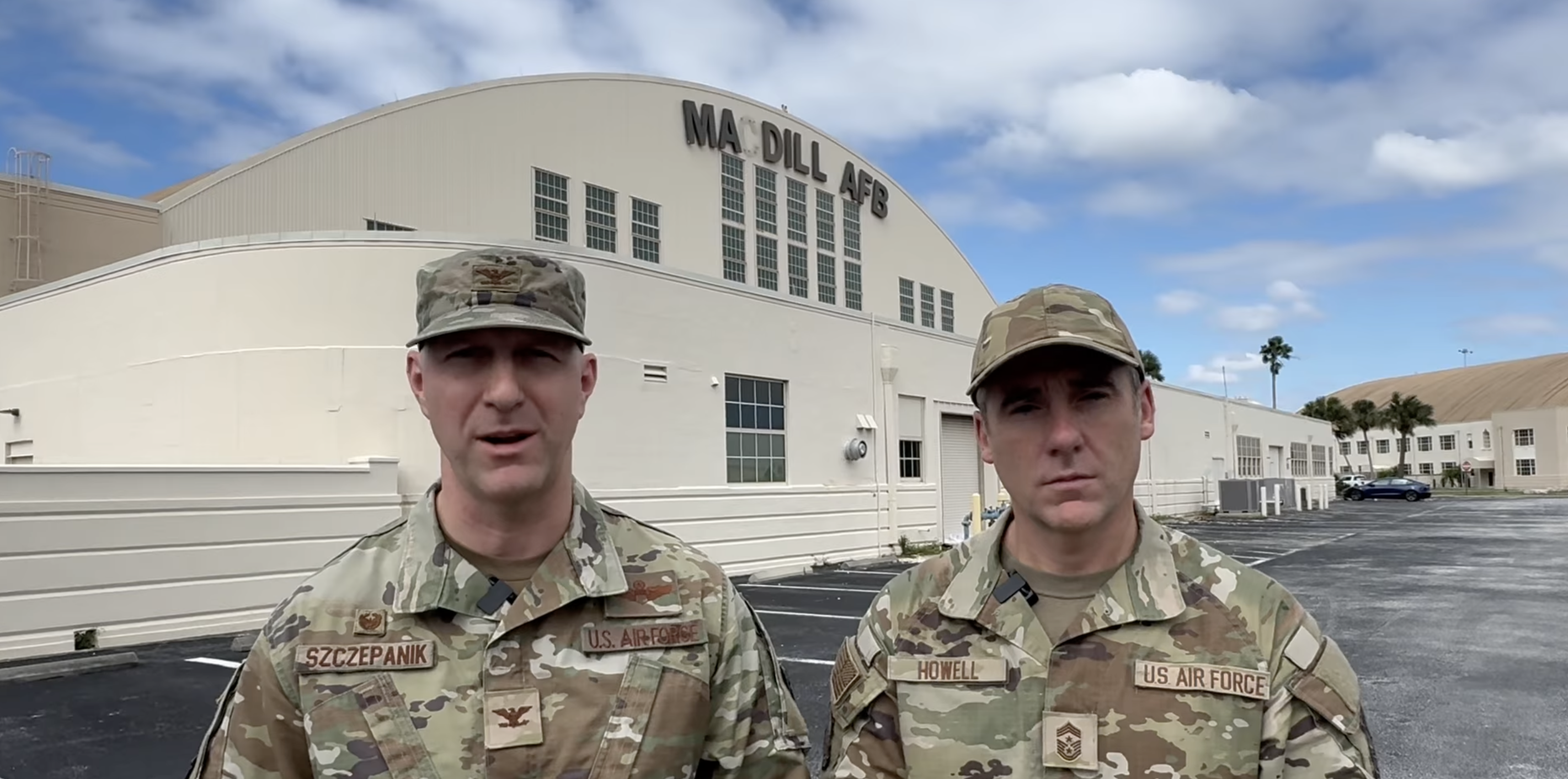The Army is expanding and transforming its air and missile defense forces, in part to meet the needs of Air Force plans for dispersing to an expanded network of air bases across the Indo-Pacific, senior officials said Oct. 14. But just how much protection it can provide remains to be determined.
Under the concept of Agile Combat Employment, the Air Force wants to disperse smaller teams of Airmen and aircraft to operate from remote or austere locations. The idea is to make it more difficult for China to target American airpower in a potential fight, as the Air Force moves its planes from base to base. More bases will require more base defense, though.
For more than a year now, the Air Force and Army have been working on that challenge.
Previously, the Army focused on theater-level air defenses such as the Patriot and Terminal High-Altitude Area Defense (THAAD) systems. But there are only so many of those expensive systems to go around, and the Army wants to get more flexible, leaders said during a panel discussion at the annual Association of the U.S. Army conference.
“We have relied too long on the Patriot system as the centric system to air and missile defense,” said Lt. Gen. Sean A. Gainey, head of U.S. Army Space and Missile Defense Command.
“It’s absolutely critical that we grow the force structure to meet the demand that we can’t keep up with, both from [combatant commands] and all the hot spots around the world, in addition to the fact that we see that demand growing, particularly given the partnership with the Air Force as they’re looking to employ Agile Combat Employment, for example, in the Indo-Pacific region,” added Undersecretary of the Army Gabe Camarillo.
Camarillo is playing a lead role in that partnership, he said, working with his counterpart in Air Force Undersecretary Melissa Dalton. Both services’ vice chiefs, Army Gen. James J. Mingus and Air Force Gen. James C. “Jim” Slife, are also coordinating.
“We have met several times together and developed the right teams working together at the operational level to kind of flesh this out,” Camarillo said. “And ultimately what it will do is provide some specificity on how we will move forward to implement and operationalize our cooperation in this effort.”
Camarillo’s comments echo Dalton’s responses to Air & Space Forces Magazine this summer, when she noted that the two sides are working on “defining the specific requirements and timing and sequencing of how we’re going to pull those pieces together.”
Yet while Dalton made clear that base defense and air defense are traditional Army missions, Army leaders have raised concerns about their ability to be everywhere the Air Force wants to go.
“I think that’s the biggest issue that we have to manage with the Air Force is, how are we going to try to meet the needs that they may have in the Indo-Pacific while also continuing to protect forces in the Middle East or other places?” Army Secretary Christine Wormuth said last month during an event hosted by the Stimson Center.
At AUSA, Camarillo also seemed to suggest there will be limits.
“Traditionally, we have the assets, and we’re growing the force structure to be able to do it,” he said. “Now, where we defend, in what quantities, and with which capabilities is part of the analysis that’s going on right now with the Air Force, and it has been going on.”
Those calculations may also change over time as the Army looks to modernize and grow its integrated and air missile defense enterprise, which has surged into the spotlight thanks to lessons learned from conflicts in Ukraine and the Middle East, where the widespread use of small drones and missiles tests the limits of traditional base defense systems.
“Even 10 years ago, Army air and missile defense as a portfolio was probably subordinate in terms of the amount of investment to things like aviation, combat vehicles, etc. Now it’s, I think, the highest overall, if not close to the highest,” said Camarillo.
In fiscal 2025, for example, the service is requesting some $5.6 billion across the portfolio, particularly focused on four main modernization efforts—the Indirect Fire Protection Capability System, the Integrated Battle Command System, the Lower Tier Air and Missile Defense System, and the Maneuver Short Range Air Defense system.
“As many people know, one signature modernization effort in a branch is normally a huge, significant deal. To be modernizing four key components of an air and missile defense architecture kill chain is huge,” said Maj. Gen. Frank Lozano, program executive officer for missiles and space.
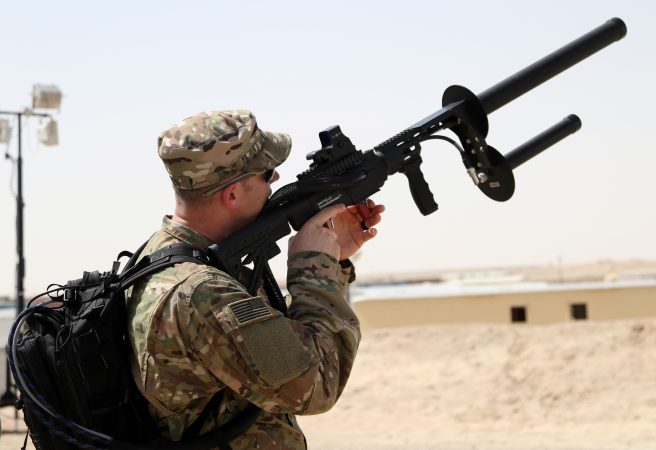
Earlier this year, the Army also revealed plans to revamp its force structure, adding some 7,500 air defense billets and new units for everything from Patriot systems to counter-unmanned aerial system batteries.
With those additions, the service wants to be able to respond better to demands from the Air Force and combatant commands.
“The force structure that we’re building and growing is tailorable, it’s adaptable, and it is able to flexibly meet whatever needs we have in any hotspot in the world,” Camarillo said.
